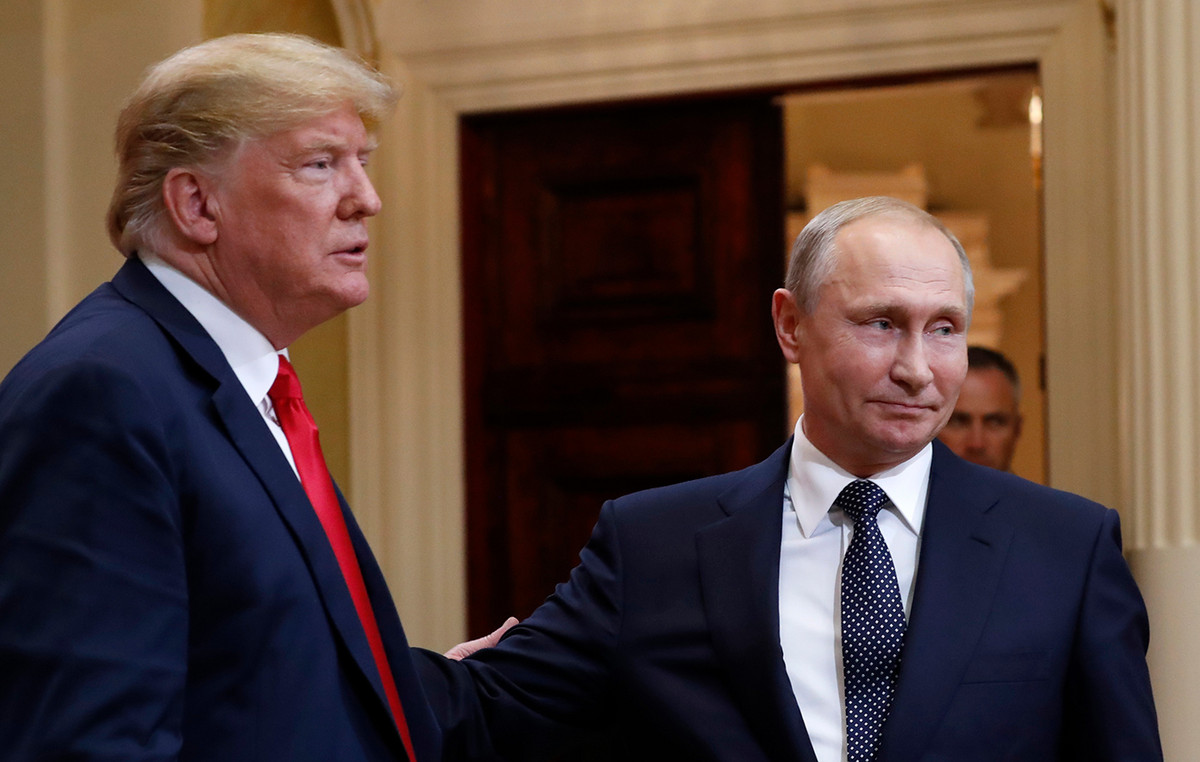- GBP/USD gained 0.2% and extended its two-day winning streak on Tuesday.
- Cable markets are consolidating in the mid-range as the Fed and BoE rush to make rate decisions.
- The UK CPI update on Wednesday serves as a preview of the BoE rate decision on Thursday.
GBP/USD extended a two-day winning streak on Tuesday, gaining a fifth of a percent and reclaiming the 1.2700 area, but just barely. The Cable is paring last week’s losses to recover in the near-term middle ground as sterling traders prepare for a year-end agenda that includes rate decisions from the Federal Reserve (Fed) and the Bank of England (BoE), as well as a latest update of the UK Consumer Price Index (CPI).
U.S. retail sales figures rose 0.7% month-over-month on Tuesday, raising some concern among investors that perhaps the Fed doesn’t need to pursue an aggressive rate-cutting strategy after all, especially counting on a recent increase in inflation metrics. Despite this, markets are still broadly pricing in a third consecutive Fed rate cut on Wednesday, with a 95% chance in favor of a 25 basis point rate cut according to the CME’s FedWatch tool.
UK CPI inflation is expected to cool to a calm 0.1% m/m in November after rising 0.6% in October. However, core inflation is proving persistent, with core CPI inflation in November expected to reach 3.6% compared to 3.3% in the previous period. The BoE will follow Wednesday’s CPI print with its latest 2024 rate decision on Thursday. The BoE is widely expected to vote eight to one to keep its main benchmark rate unchanged to close out the year.
GBP/USD Price Forecast
GBP/USD has drawn a defensive circle on the daily candles, with the pair revolving in a mid-range built into the 1.2700 zone as Cable traders deal with a slow zone on the lower side of the exponential moving average (EMA). 200 days near 1.2820.
The pair has priced a great technical bottom at the November lows at the 1.2500 price level, but 1.2600 is shaping up as an attractive bearish target for the bears if the markets fail to fully pivot towards a risk-on stance and take the pair back into bullish territory above the 50-day EMA at 1.2800.
GBP/USD Daily Chart
British Pound FAQs
The British Pound (GBP) is the oldest currency in the world (AD 886) and the official currency of the United Kingdom. It is the fourth most traded foreign exchange (FX) unit in the world, accounting for 12% of all transactions, averaging $630 billion a day, according to 2022 data. Its key trading pairs are GBP/ USD, which represents 11% of FX, GBP/JPY (3%) and EUR/GBP (2%). The British Pound is issued by the Bank of England (BoE).
The most important factor influencing the value of the Pound Sterling is the monetary policy decided by the Bank of England. The Bank of England bases its decisions on whether it has achieved its main objective of “price stability” – a constant inflation rate of around 2%. Its main tool to achieve this is the adjustment of interest rates. When inflation is too high, the Bank of England will try to control it by raising interest rates, making it more expensive for people and businesses to access credit. This is generally positive for sterling, as higher interest rates make the UK a more attractive place for global investors to invest their money. When inflation falls too much it is a sign that economic growth is slowing. In this scenario, the Bank of England will consider lowering interest rates to make credit cheaper, so that companies will take on more debt to invest in projects that generate growth.
The data released measures the health of the economy and may affect the value of the pound. Indicators such as GDP, manufacturing and services PMIs and employment can influence the direction of the Pound.
Another important piece of information that is published and affects the British Pound is the trade balance. This indicator measures the difference between what a country earns from its exports and what it spends on imports during a given period. If a country produces highly in-demand export products, its currency will benefit exclusively from the additional demand created by foreign buyers seeking to purchase those goods. Therefore, a positive net trade balance strengthens a currency and vice versa in the case of a negative balance.
Source: Fx Street
I am Joshua Winder, a senior-level journalist and editor at World Stock Market. I specialize in covering news related to the stock market and economic trends. With more than 8 years of experience in this field, I have become an expert in financial reporting.







